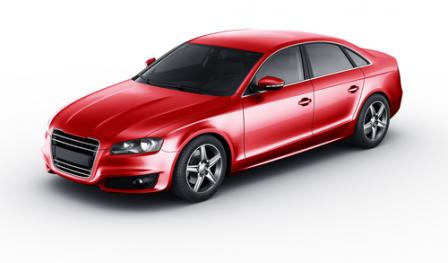Substitutes in Motor Vehicle Air Conditioning
Motor vehicle air conditioners (MVACs) provide comfort cooling for passengers in cars, trucks, buses, planes, trains, and other forms of transportation. The MVAC end-use is unique due to use in widely varying ambient conditions, likelihood of accidents, and the location of a part of the system―the evaporator―inside the passenger compartment. All refrigerants approved for use in MVAC have associated use conditions.
Categories of Equipment
MVAC: Passenger Air Conditioning in Light-Duty, Medium-Duty, Heavy-Duty and Off-Road Vehicles
Air-conditioning systems used to cool passenger compartments in light-duty, medium-duty, heavy-duty and off-road vehicles are typically charged during vehicle manufacture and the main components are connected by flexible refrigerant lines.
MVAC: Passenger Air Conditioning in Buses and Trains
Air-conditioning systems used to cool passenger compartments in buses and trains are typically manufactured as a separate unit that is pre-charged with refrigerant and installed onto the vehicle in a separate enclosure (e.g., roof mounted). The refrigerant charge for these systems is much larger than those for other MVAC systems.

